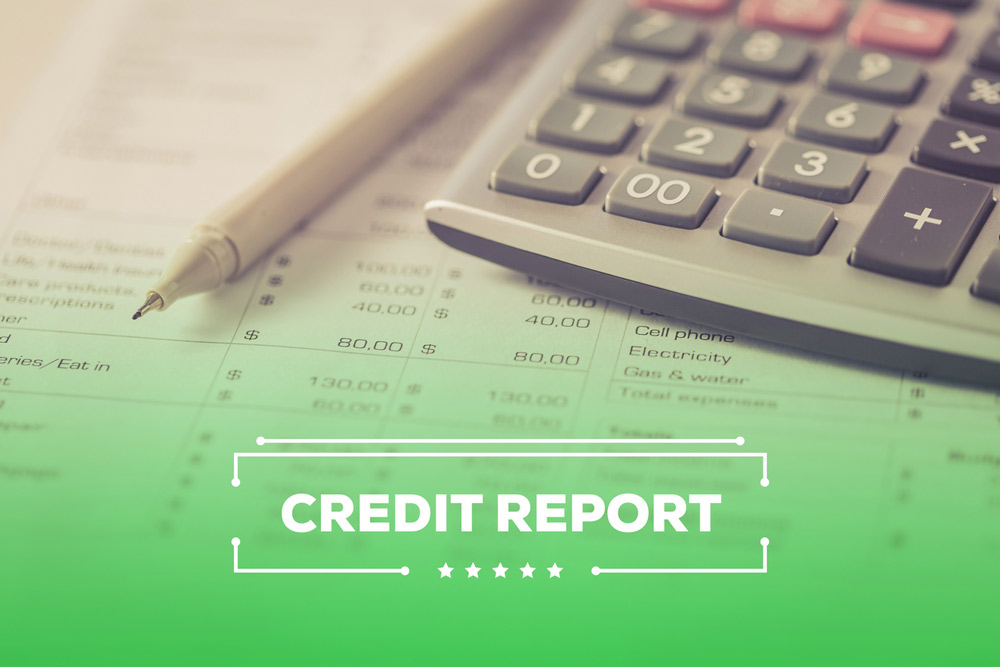In September of 2017, news broke that shook the country as it became public knowledge that over 143 million people were victims of a data breach that involved credit reporting giant Equifax, leaving all those people at risk of having their identity stolen.
Later, more information came to light that of all those people, 209,000 of them had their credit card numbers lost, and few of them hadn’t even bothered to check their credit since the incident.
And as data breaches become the increasing norm, it is very likely that every one out of five people you meet has had their identity stolen at least once. Estimates show that over the last decade, almost a billion records have been stolen. And although nothing can be done to stop an attack done against the company that stores all your sensitive information, there are steps you can take to help ensure your financial security.
The simplest way to prevent fraud is by reducing the number of accounts your social security number or your credit card are linked to. This article will show you how to check if your account has already been compromised, and will also show you what to look for when checking for identity theft:
- Review all your credit card and bank account statements:
Once you suspect your personal information has fallen into the hands of suspicious individuals, you need to go online and access your bank and credit card statements. If you spot any suspicious activity, reach out to your credit card company and the bank and report it immediately.
Watch out for transactions you cannot remember making or amounts that do not look familiar. If necessary, reach out to the vendor the charge was made to and take it up with them. You may also need to go as far as filing a police report. Also, and most importantly, you should change your passwords. If you haven’t by now, it is also advised that you set up two-factor authentication to increase account security.

It is expected that as soon as you report such activity to your bank or credit card company, they will revoke your old credit cards and issue new ones.
- Run a free credit report:
All the top credit reporting organizations including Equifax, Experian, and Transunion include free credit checks as part of their value proposition to their users. If you are in the United States, you are allowed a free copy of your credit report every twelve months. Financial experts say it is ideal for you to request a credit report every four months to stay on top of any changes that may be affecting your credit.
If your credit score is unreasonably low or just inaccurate, it could be the result of a stolen identity. If this happens to you, do not hesitate to reach out to the credit bureau and inform them of what happened.
Subsequently, you need to submit a formal dispute in writing that is backed with all the evidence you can get your hands on disputing the credit score accrued to you. The more evidence you can collect, the easier it will be to prove your case.
Most times, you should be able to get a free credit report from the bureau when you suspect fraud, so make use of that and get them to make the necessary adjustments.
- Apply for a credit card:
A great way to check if you are a victim of identity theft is by applying for a credit card. If your application gets approved, there remains a chance that although your identity has been stolen, the damage done to it is not immense enough to negatively impact your credit score. You will also need to implement the other measures raised in this article. If your application is outrightly rejected, that is a good indicator to let you know your credit is being tampered with.
It is important you reach out to the credit card company and find out why your application was rejected. Typically, following a rejection, you will be sent a letter outlining the reasons for the rejection. Review this letter and your credit report to see if there are any discrepancies.
- Watch what comes in your post and the email:
Assuming you pay all your bills online and you depend solely on digital reminders for prompts to let you know when it is time to make a payment, you may think all the physical bills you receive belong in the trash. Similarly, it is also not strange to classify your bills as junk when they enter your inbox.
If this happens to be you, it is important you change it. Be aware of all the emails and physical bills you receive. Even more importantly, be mindful of the emails you do not receive.
If your identity is stolen, you could start receiving fewer emails because the thief is having your mail delivered to another location. There is a lot to lose when someone else gains access to these emails. A lot of your private information is being extracted to be used against you.
If you flip the situation and you start receiving mail that does not belong to you, it could also be a red flag of fraud. It could be that the thief made a mistake when applying for a credit card in your name and that is what is prompting the emails or mail you are receiving.
It is essential to report any suspicious activity to the proper authorities as soon as possible so that they can enable all the necessary security measures needed to secure your account.
Additionally, you will find that checking your credit reports regularly is a good way to stay on top of your financial health and will help you notice any problems early on. When you notice fraud early, you may find that it is much easier to fix. There are also credit monitoring services that you can subscribe to that will help you detect any suspicious activity as well.
